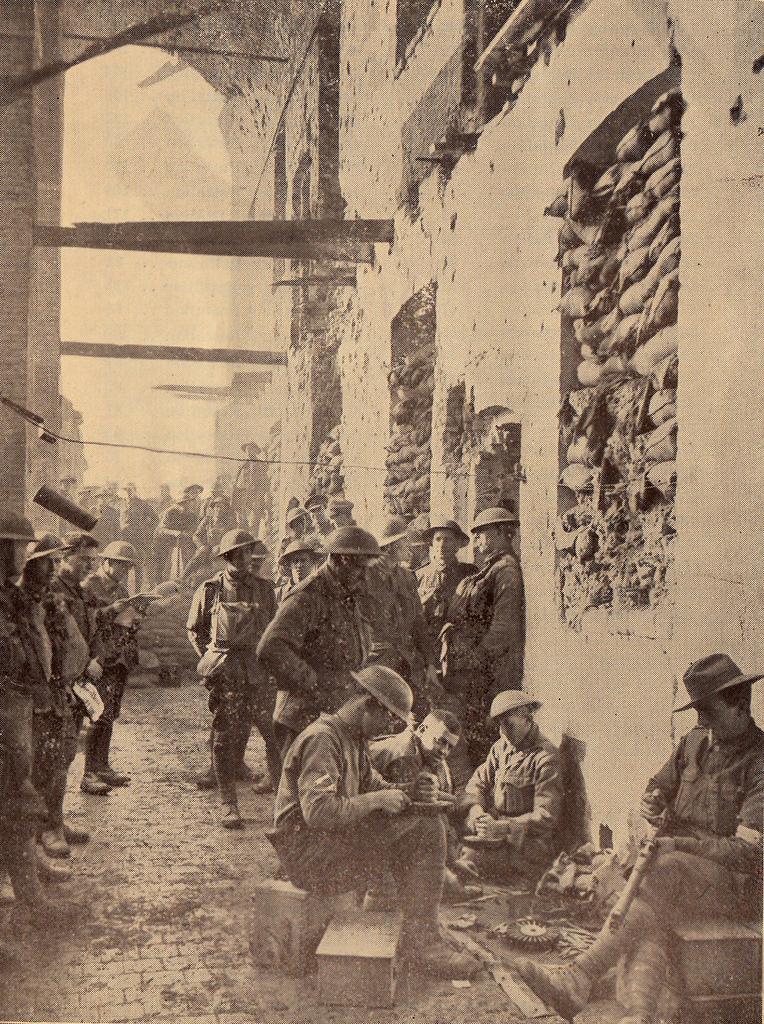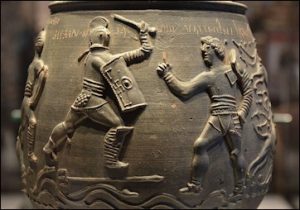World War I, also known as the First World War, began in 1914 and lasted until 1918. It was a global conflict involving many of the world’s great powers. The war’s origins can be traced back to a complex web of political, economic, and military factors. Here’s a simplified overview of how World War I started:
:max_bytes(150000):strip_icc():format(webp)/wars-56a48c175f9b58b7d0d7804d.jpg)
- Assassination of Archduke Franz Ferdinand: On June 28, 1914, Archduke Franz Ferdinand of Austria-Hungary was assassinated in Sarajevo by a young Bosnian Serb nationalist named Gavrilo Princip. The Archduke’s assassination set off a chain reaction of events.
- Austria-Hungary’s Ultimatum to Serbia: Austria-Hungary, suspecting Serbian involvement in the assassination, issued a harsh ultimatum to Serbia on July 23, 1914. The demands were designed to limit Serbia’s sovereignty and investigate and prosecute those involved in the assassination.
- Serbia’s Response: Serbia agreed to some of the demands but not all. This led Austria-Hungary to declare war on Serbia on July 28, 1914.
- System of Alliances: Europe was divided into two main military alliances at the time: the Triple Entente (consisting of France, Russia, and the United Kingdom) and the Central Powers (consisting of Germany, Austria-Hungary, and later joined by the Ottoman Empire). When Austria-Hungary declared war on Serbia, the alliance system was triggered, and a series of alliances were activated.
- Germany’s “Blank Check” to Austria-Hungary: Germany, seeking to support its ally Austria-Hungary, issued what was known as a “blank check,” meaning unconditional support for Austria-Hungary’s actions. This emboldened Austria-Hungary and added to the escalation.
- Russia’s Mobilization: In response to Austria-Hungary’s declaration of war on Serbia, Russia, an ally of Serbia, began mobilizing its military forces, leading to increased tensions.
- Germany Declares War: On August 1, 1914, Germany declared war on Russia. Shortly after, Germany declared war on Russia’s ally, France, and began an invasion of neutral Belgium to reach France quickly.
- United Kingdom’s Entry: The invasion of Belgium prompted the United Kingdom to enter the war on August 4, 1914, as it had guaranteed Belgium’s neutrality.
- The Global Conflict: The declaration of war and alliances dragged various countries into the conflict. Over time, other nations, including Italy, Japan, and the United States, also became involved, turning the war into a global conflict.
It had a profound impact on the 20th century and shaped the course of world history in numerous ways. Here’s an overview of its impact:
- Human Cost: World War I was one of the deadliest conflicts in history, resulting in millions of military and civilian casualties. Approximately 8.5 million soldiers were killed, and many more were wounded or missing. The war took a severe toll on families, communities, and entire nations.
- Technological Advancements: The war introduced and accelerated the development of new military technologies. Machine guns, tanks, airplanes, and chemical warfare were used on a large scale for the first time, revolutionizing warfare and leading to a high number of casualties.
- Trench Warfare: The Western Front saw the extensive use of trench warfare, where soldiers lived and fought in trenches for prolonged periods. This led to a static and brutal style of warfare with little territorial gains and heavy loss of life.
- Collapse of Empires: The war resulted in the collapse of several major empires, including the Ottoman Empire, the Austro-Hungarian Empire, and the Russian Empire. New countries and borders were established in Europe and the Middle East after the war.
- Treaty of Versailles: The peace settlement at the end of the war, embodied in the Treaty of Versailles, imposed harsh terms on Germany. The treaty aimed to punish Germany and prevent future conflicts but also sowed seeds of resentment, leading to deep grievances and contributing to the rise of Adolf Hitler and the Nazi Party in Germany.
- League of Nations: The war prompted efforts to establish international organizations to prevent future conflicts. The League of Nations was formed as a precursor to the United Nations, aiming to promote international cooperation and peaceful resolution of disputes. Although it had limitations, the League laid the foundation for future multilateral organizations.
- Political and Social Changes: World War I accelerated political and social changes in many countries. Women’s roles expanded during the war as they took on various roles in the workforce and supported the war effort. The war also fuelled nationalist movements and anti-colonial sentiments.
- Economic Impact: The war led to economic devastation in many countries involved. The reconstruction and reparations burdened economies, contributing to financial hardships and economic instability in the following years.
- Seeds of World War II: The unresolved issues and resentment arising from the Treaty of Versailles set the stage for World War II. The Great Depression of the 1930s further exacerbated global tensions, leading to the rise of totalitarian regimes and another global conflict.
- Redrawing of Maps: The war redrew maps in Europe and the Middle East, creating new countries and altering borders. This had far-reaching consequences for regional stability and politics.

World War I, also known as the Great War, was a global conflict that engulfed much of the world from 1914 to 1918. It began with the assassination of Archduke Franz Ferdinand of Austria-Hungary on June 28, 1914, in Sarajevo by a Bosnian Serb nationalist. Austria-Hungary, suspecting Serbian involvement, issued an ultimatum to Serbia, leading to tensions and an eventual declaration of war on July 28, 1914. The system of alliances between European powers further escalated the situation. Germany supported Austria-Hungary with a “blank check,” triggering a series of declarations: Germany declared war on Russia on August 1, 1914, and on France two days later. To reach France quickly, Germany invaded neutral Belgium, prompting the United Kingdom to enter the war on August 4, 1914. As the conflict expanded, other nations, including Italy, Japan, and the United States, became involved.
The war was fought on multiple fronts: the Western Front in France and Belgium, the Eastern Front between Germany and Russia, the Italian Front, and various theaters in the Middle East, Africa, and Asia. It saw the introduction of new, devastating weapons like machine guns, tanks, chemical warfare, and aerial combat, leading to unprecedented casualties. Trench warfare became a hallmark of the Western Front, characterized by long, stagnant, and brutal battles.
The war witnessed numerous significant battles, including the Battle of the Marne, the Battle of the Somme, and the Battle of Verdun, which resulted in heavy losses for all sides. In 1917, the United States entered the war, tipping the balance in favor of the Allies, who were primarily composed of the Triple Entente powers, including France, Russia (later replaced by the Soviet Union after the Bolshevik Revolution in 1917), and the United Kingdom.
In 1918, the war’s outcome was decided by a series of offensives launched by the Allies, leading to the collapse of the Central Powers. Germany signed an armistice on November 11, 1918, effectively ending the fighting. The war left a devastating toll, with millions of military personnel and civilians dead or wounded and entire regions devastated by the conflict.
The Treaty of Versailles, signed on June 28, 1919, imposed harsh terms on Germany, leading to resentment and contributing to the rise of Adolf Hitler and the Nazi Party. World War I’s impact was profound, reshaping the geopolitical landscape, dismantling empires, and setting the stage for further conflicts in the 20th century. The war served as a harsh lesson about the dangers of nationalism, militarism, and the complexities of international diplomacy, prompting efforts to establish international organizations like the League of Nations to prevent such catastrophic conflicts in the future.







